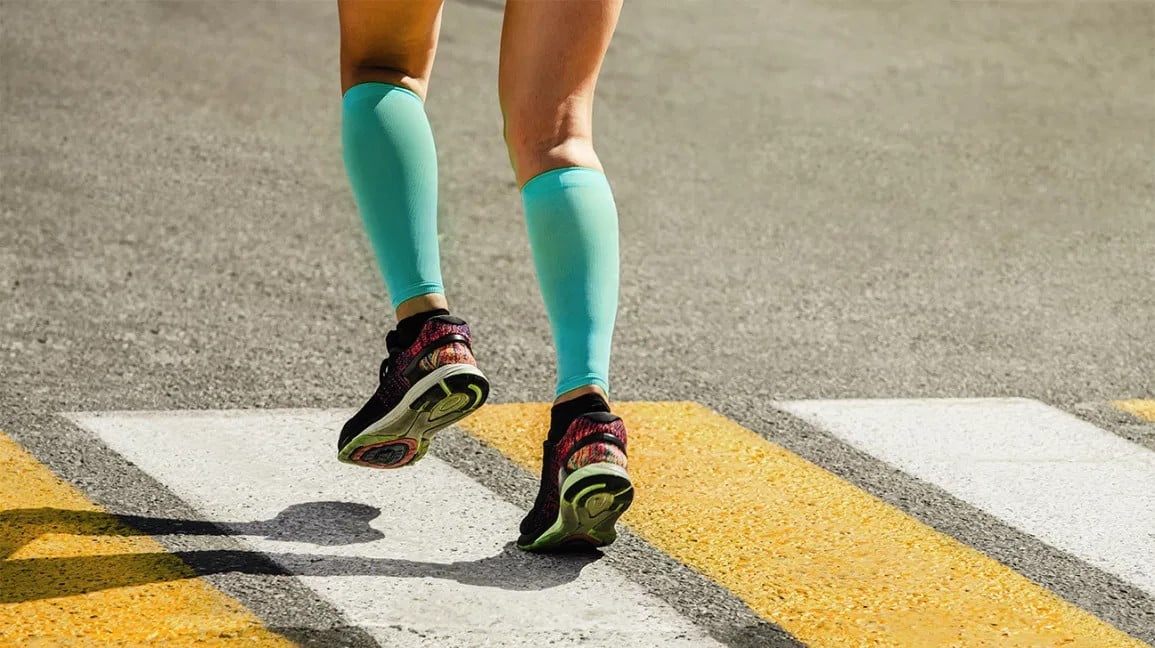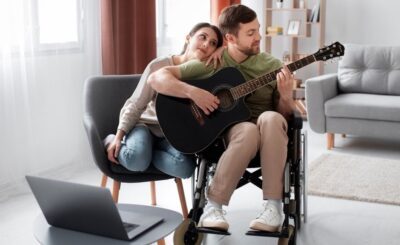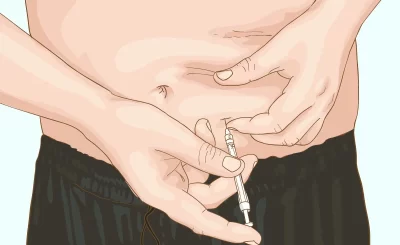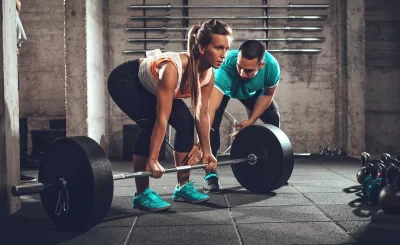It has always been very common to see professional cyclists, gymnasts, body-builders, and athletes wearing tight elastic clothes clinging to the body. These garments are called compression garments. The use of these clothes has been proliferating among runners and recreational cyclists claiming to improve comfort and reduce fatigue during training or competition. Today, they have the medical purpose of reducing fatigue, improving post-exercise recovery, aiding venous return, and increasing the efficiency of muscle contraction. Its therapeutic function was later expanded to the treatment of edema, lymphedema, spider/viscose vain, and thrombosis, also reaching cosmetic surgery.
The two great advantages of medical compression garments
The first benefit of compression garments for lymphedema is the most obvious one – improving venous return. In a study in 2011 where the effects of compression garments on high-performance athletes were analyzed, it is reported that the shaping effect on the leg musculature improves the effect of the muscle pump, especially in conditions of extreme exertion. It is also considered to have a slight reducing effect on the superficial circulation of the skin, improving muscle irrigation. As the improvement in venous return, there is a greater cardiac preload with greater systolic volume, obligatorily decreasing the heart rate.
The other benefit attributed to compression garments is that they act as reinforcement for the fascia tissue, mimicking its function. It means that the compression produced by these clothes reduces muscle vibration and temblor (movement of muscles during exertion), which cause excessive energy expenditure and favor muscle micro trauma. If it is true, we can expect there to be a reduction in fatigue during running and pain after exercise.
How to get compression products
What to do when you start to have the first signs of a venous disease or after you have been diagnosed? Just follow the three steps to get compression garments for lymphedema that best meets your needs. Most of our medical products require a prescription or professional adjustment. It is recommended that you see your doctor, who will give you a prescription for the compression stockings or pantyhose that is right for you.
Get a prescription
Consult a doctor if you experience pain, swelling, varicose veins or any other symptoms in your body, as these may be signs of a venous disorder. Your doctor will be able to refer you to a professional, who specializes in venous diseases, who will carry out a detailed examination of your situation. Diagnosis is usually painless and risk-free and uses methods such as visual and physical examination or ultrasound.
Receive a prescription that describes specific therapeutic measures. The therapy needed will vary depending on the severity of your individual needs and will likely include a prescription for compression products.
Try it out
Find the nearest medical device dealer or get in touch with an online store. Visit your dealer to tailor your product to your needs. The practitioner will need to take specific measurements of your leg/arm depending on the compression product you need.
Order compression products at the retailer
Your local dealer may order any product for you, even if they do not have the specific product in stock. It may only take a few days to arrive. You can also buy over-the-counter compression garments for lymphedema (although prescription is highly recommended). Even if you have no predisposition to venous disorders or any complaints, you can still wear tights if you feel comfortable wearing them. They improve circulation, alleviate symptoms such as heavy legs, and can improve overall quality of life.
Right time to wear the compression garments
Elastic compression garments should generally not be worn at night, unless your doctor or physiotherapist advises. Almost all compression stockings provide a constant pressure that is applied to the limbs. You will feel the same level of compression whether you are sitting, standing, or lying down. You can also wear compression stockings during naps and long flights. Nevertheless, they are not for continuous use.
The exception to this is a low compression stocking, below 18 mmHg. These are those white socks often worn after surgical procedures and during hospital stay. Resting elastic compression stockings can harm arterial circulation if worn throughout the night. If a patient requires 24-hour compression, the physician or physiotherapist may recommend the use of an alternative compression garment that provides dynamic or working compression.








